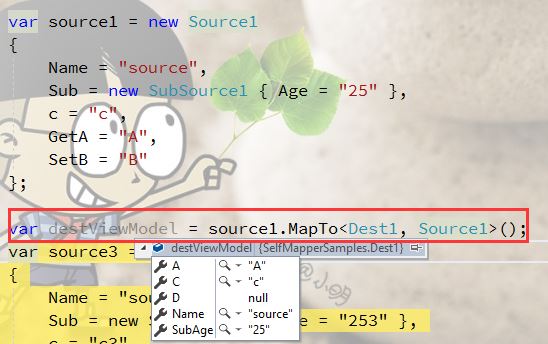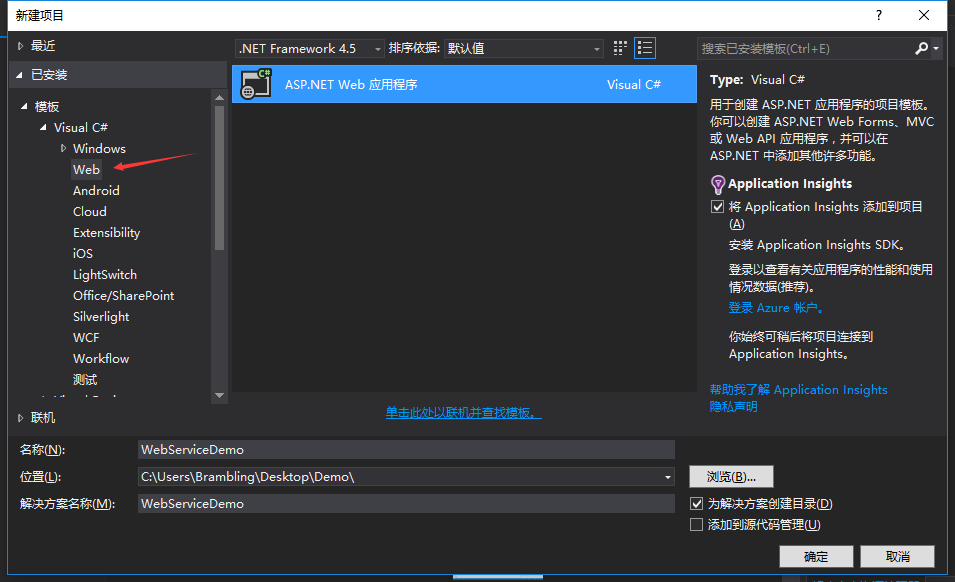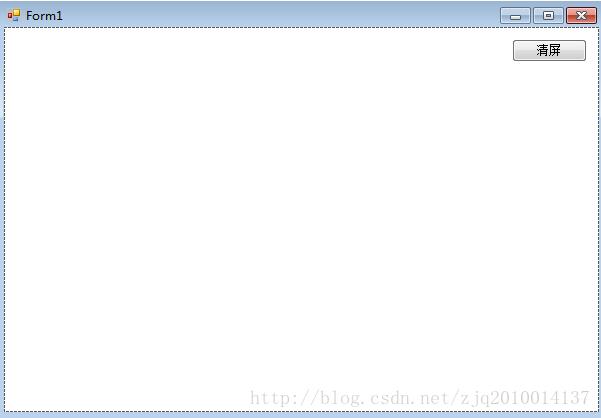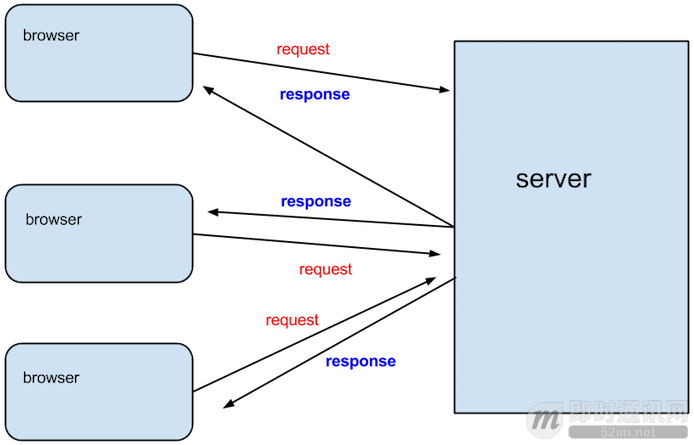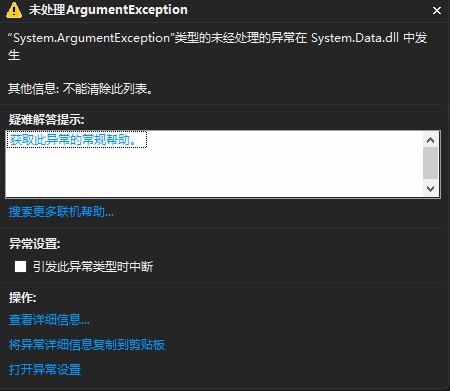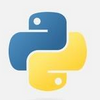这篇文章主要介绍了c# 遍历 Dictionary的四种方式,帮助大家更好的理解和使用c#,感兴趣的朋友可以了解下
一:背景
1. 讲故事
昨天在 StackOverflow 上看到一个很有趣的问题,说: 你会几种遍历字典的方式,然后跟帖就是各种奇葩的回答,挺有意思,马上就要国庆了,娱乐娱乐吧,说说这种挺无聊的问题😄😄😄。
二: 使用 foreach 遍历
为了方便演示,先上一段测试代码:
var dict = new Dictionary<int, string>()
{
[10] = "A10",
[20] = "A20",
[30] = "A30",
[40] = "A40",
[50] = "A50"
};1. 直接 foreach dict
如果要拿百分比说话,估计有 50%+ 的小伙伴用这种方式,为啥,简单粗暴呗,其他没什么好说的,直接上代码:
foreach (var item in dict)
{
Console.WriteLine($"key={item.Key},value={item.Value}");
}
public bool MoveNext()
{
while ((uint)_index < (uint)_dictionary._count)
{
ref Entry reference = ref _dictionary._entries[_index++];
if (reference.next >= -1)
{
_current = new KeyValuePair<TKey, TValue>(reference.key, reference.value);
return true;
}
}
}2. foreach 中 使用 KeyPairValue 解构
刚才你也看到了 item 是 KeyValuePair 类型,不过🐂👃的是 netcore 对 KeyValuePair 进行了增强,增加了 Deconstruct 函数用来解构 KeyValuePair,代码如下:
public readonly struct KeyValuePair<TKey, TValue>
{
private readonly TKey key;
private readonly TValue value;
public TKey Key => key;
public TValue Value => value;
public KeyValuePair(TKey key, TValue value)
{
this.key = key;
this.value = value;
}
public void Deconstruct(out TKey key, out TValue value)
{
key = Key;
value = Value;
}
}有了这个解构函数,你就可以在遍历的过程中直接拿到 key,value,而不是包装的 KeyValuePair,这在 netframework 中可是不行的哈,实现代码如下:
foreach ((int key, string value) in dict)
{
Console.WriteLine($"key={key},value={value}");
}
foreach (var key in dict.Keys)
{
Console.WriteLine($"key={key},value={dict[key]}");
}三:使用 for 遍历
为了把 MoveNext 中的代码模拟出来,重点在于这条语句: ref Entry reference = ref _dictionary._entries[_index++];, 其实很简单,_entries 数组内容的提取可以用 Linq 的 ElementAt 方法,是不是~~~ ,改造后的代码如下:
for (int i = 0; i < dict.Count; i++)
{
(int key, string value) = dict.ElementAt(i);
Console.WriteLine($"key={key},value={dict[key]}");
}
public static TSource ElementAt<TSource>(this IEnumerable<TSource> source, int index)
{
IList<TSource> list = source as IList<TSource>;
if (list != null)
{
return list[index];
}
if (index >= 0)
{
using (IEnumerator<TSource> enumerator = source.GetEnumerator())
{
while (enumerator.MoveNext())
{
if (index == 0)
{
return enumerator.Current;
}
index--;
}
}
}
}从上面代码可以看到,如果当前的 source 没有实现 IList 接口的话,那就是一个巨大的坑,每一次执行 ElementAt 方法,最坏时间复杂度都是 O(N),就拿刚才的 for循环来说,它的最坏时间复杂度就是 O(n!) ,是不是比你想象的要恐怖的多,教训就是多实践,多看看源码~
四:总结
这篇列举了 4 种遍历 dict 的方式,不知你会用到哪几种? 要注意的是最后 ElementAt 对 Source 判别上的大坑一定要明白,不要想当然的以为就是 O(N) ,好了,更多的 遍历方式 欢迎补充!
以上就是c# 遍历 Dictionary的四种方式的详细内容,更多关于c# 遍历 Dictionary的资料请关注得得之家其它相关文章!
本文标题为:c# 遍历 Dictionary的四种方式


- c# 模拟线性回归的示例 2023-03-14
- 在C# 8中如何使用默认接口方法详解 2023-03-29
- user32.dll 函数说明小结 2022-12-26
- Unity3D实现渐变颜色效果 2023-01-16
- Unity Shader实现模糊效果 2023-04-27
- Oracle中for循环的使用方法 2023-07-04
- 如何使用C# 捕获进程输出 2023-03-10
- WPF使用DrawingContext实现绘制刻度条 2023-07-04
- .NET CORE DI 依赖注入 2023-09-27
- C# 使用Aspose.Cells 导出Excel的步骤及问题记录 2023-05-16
